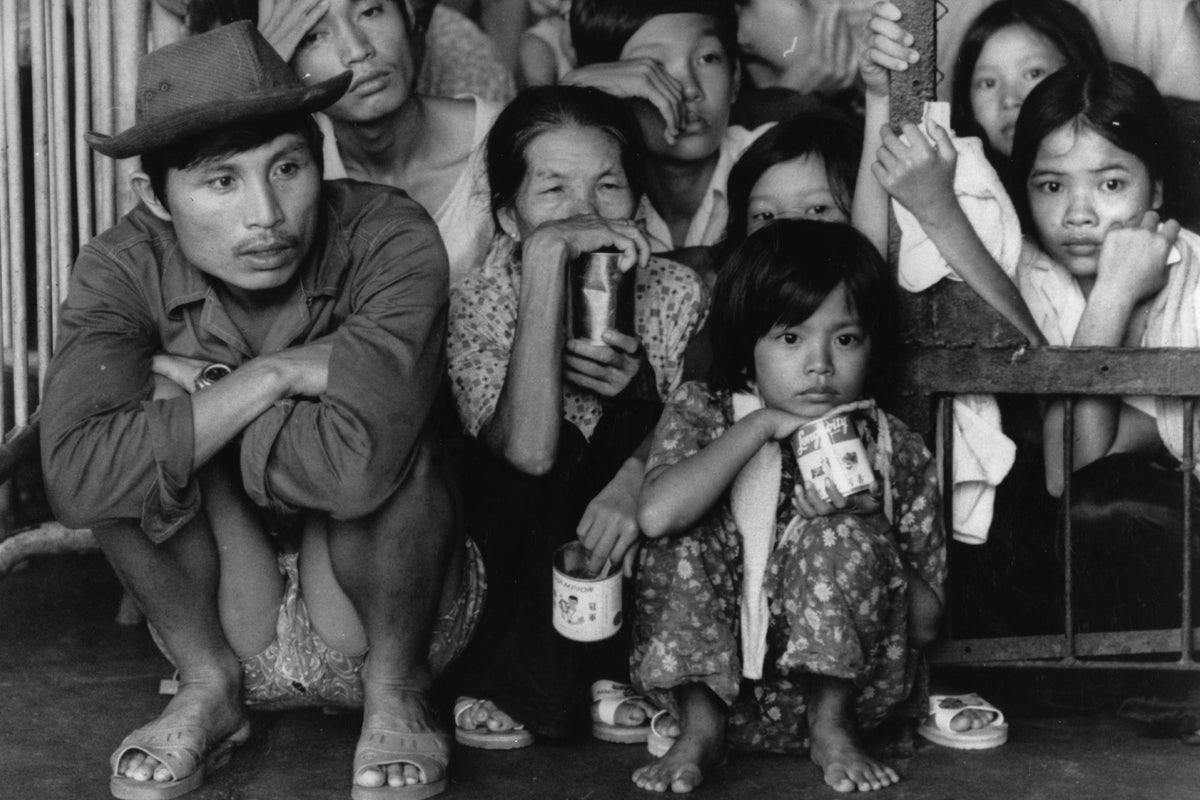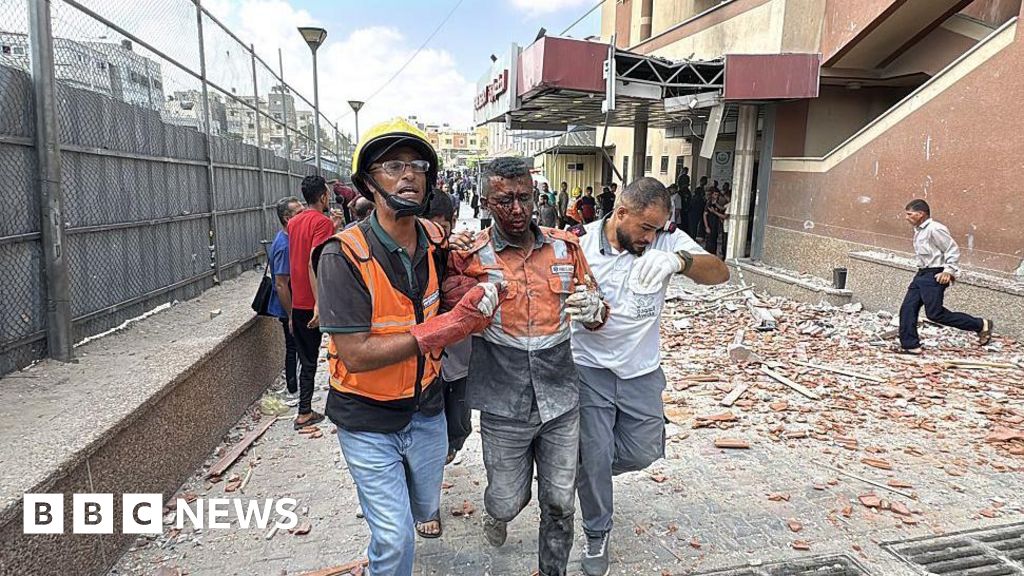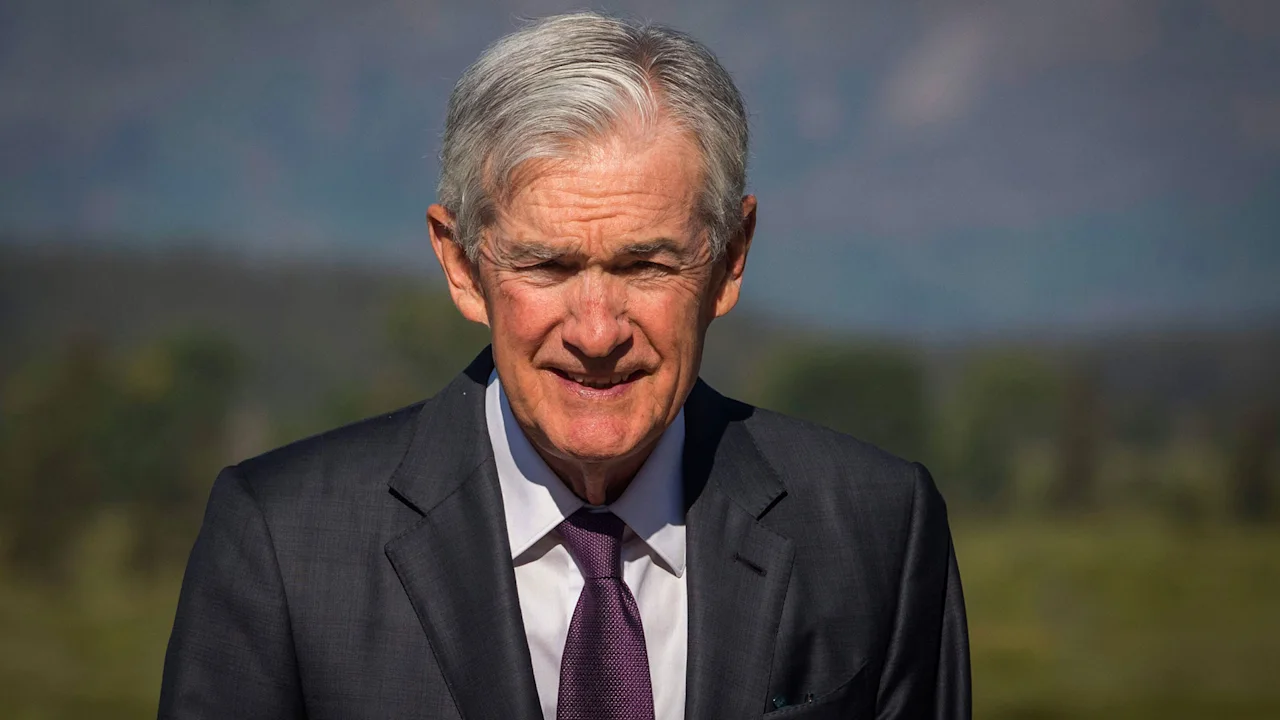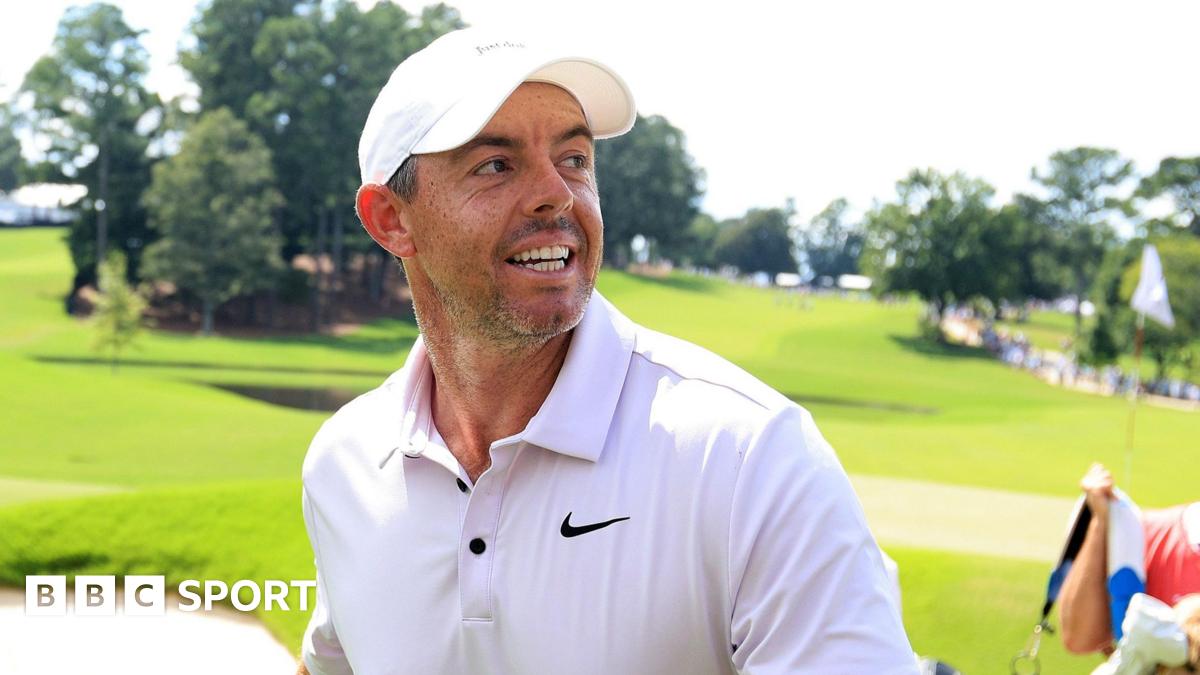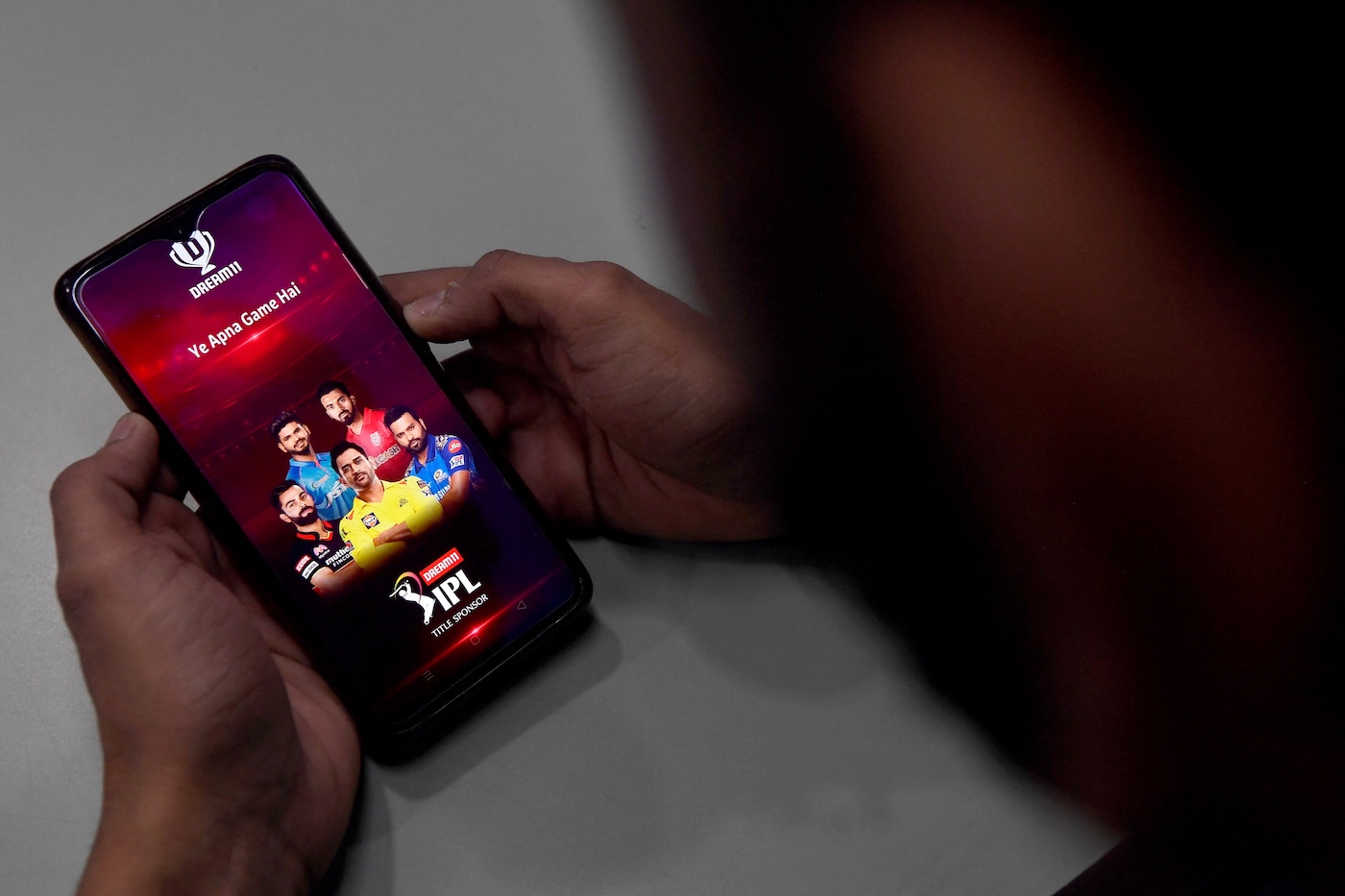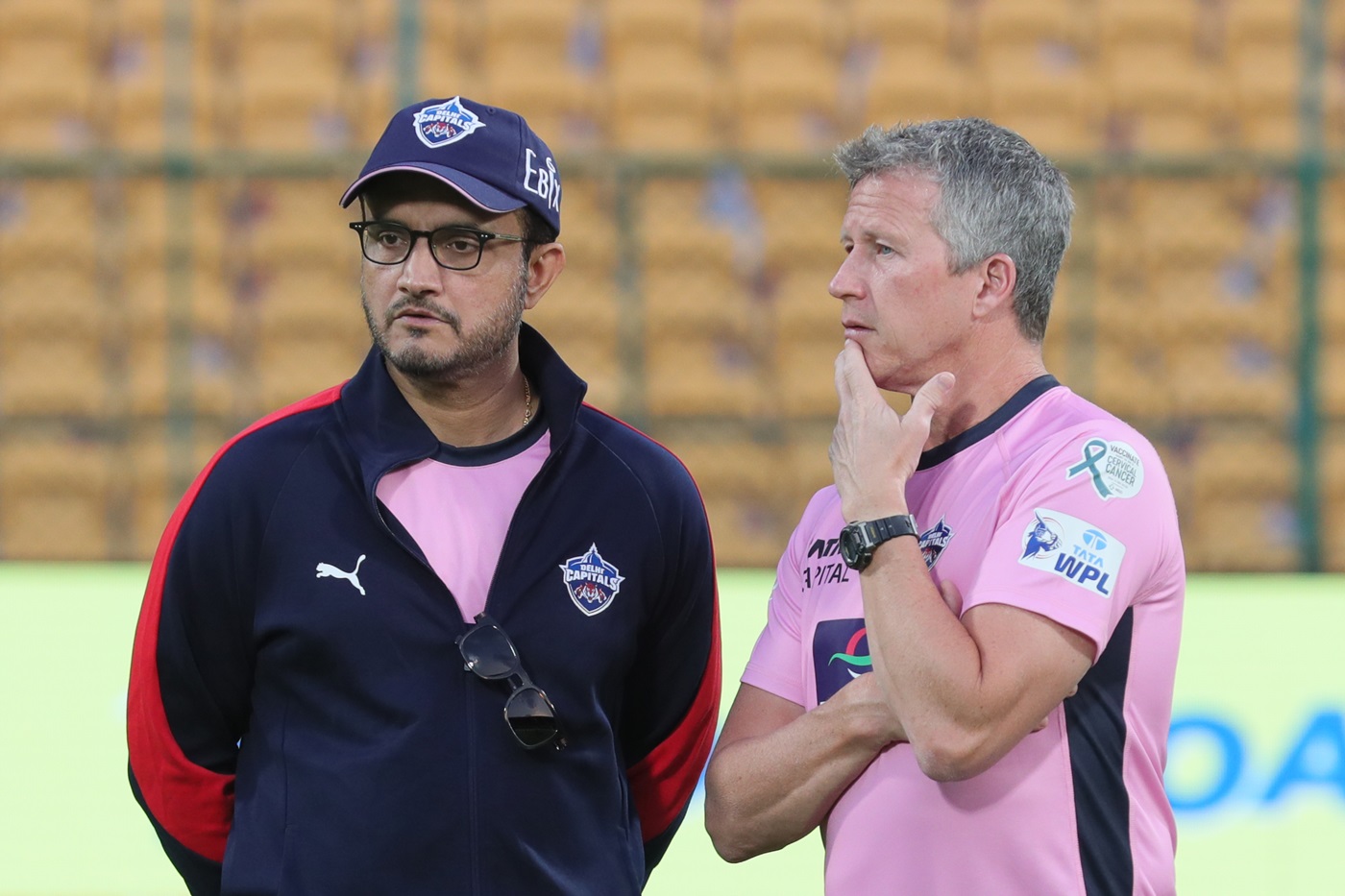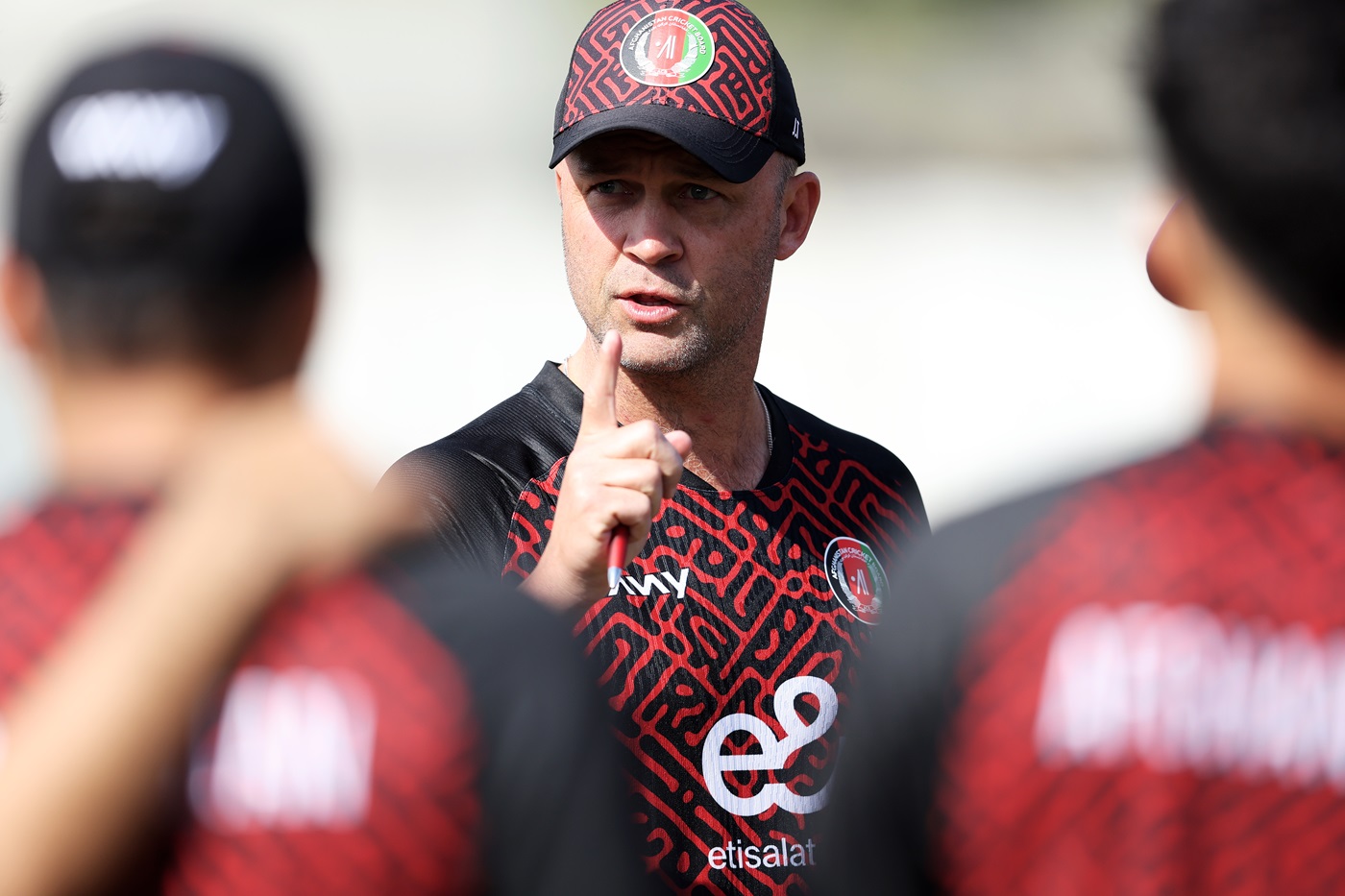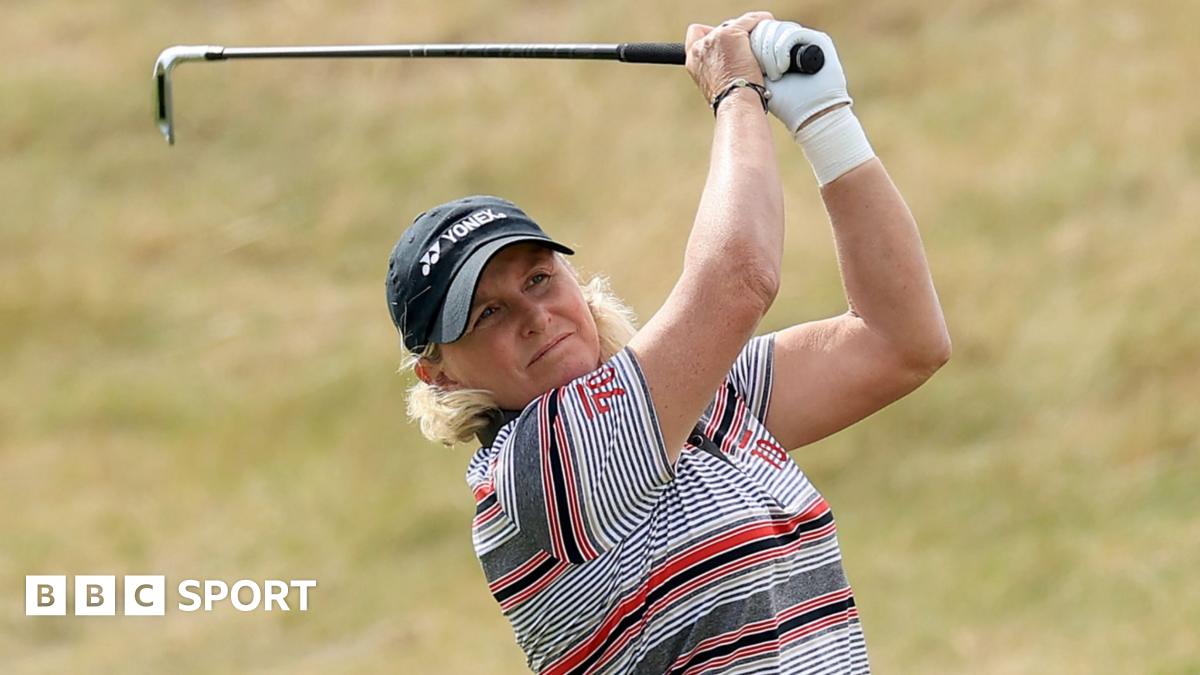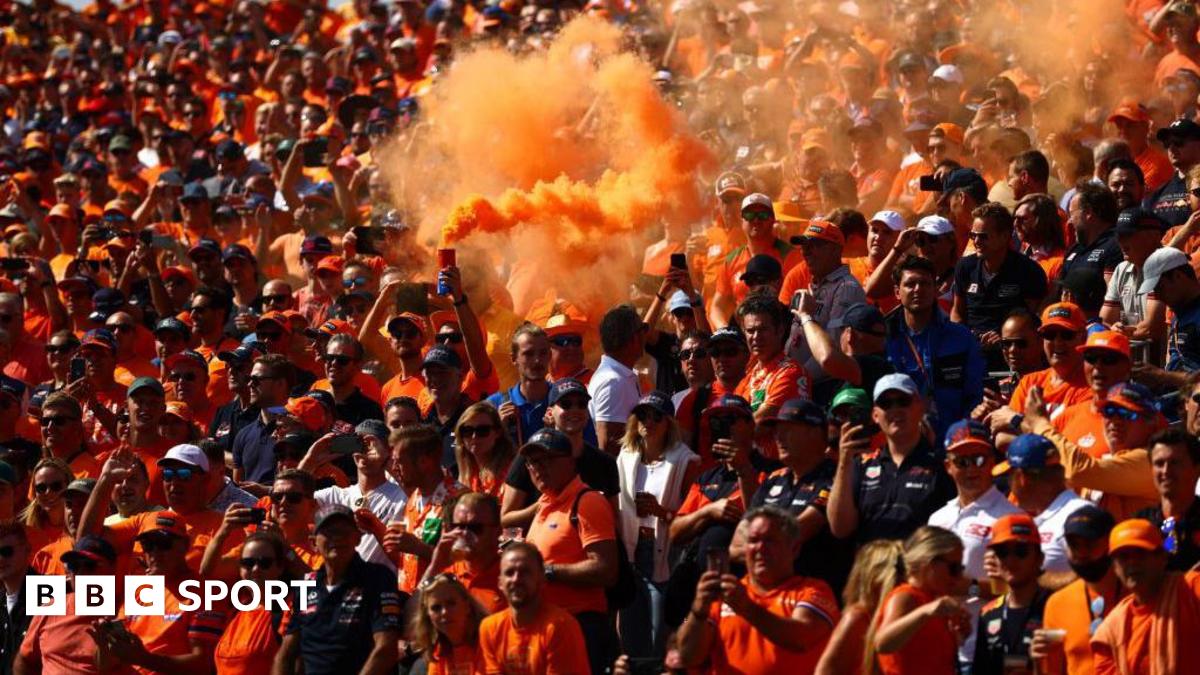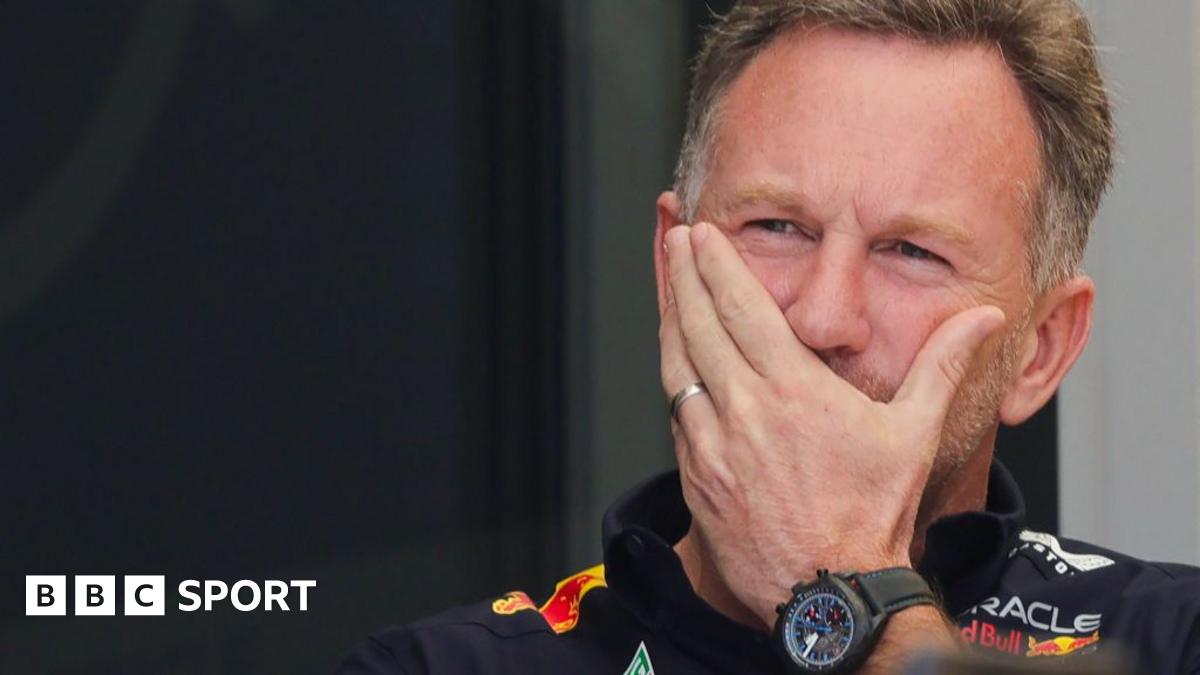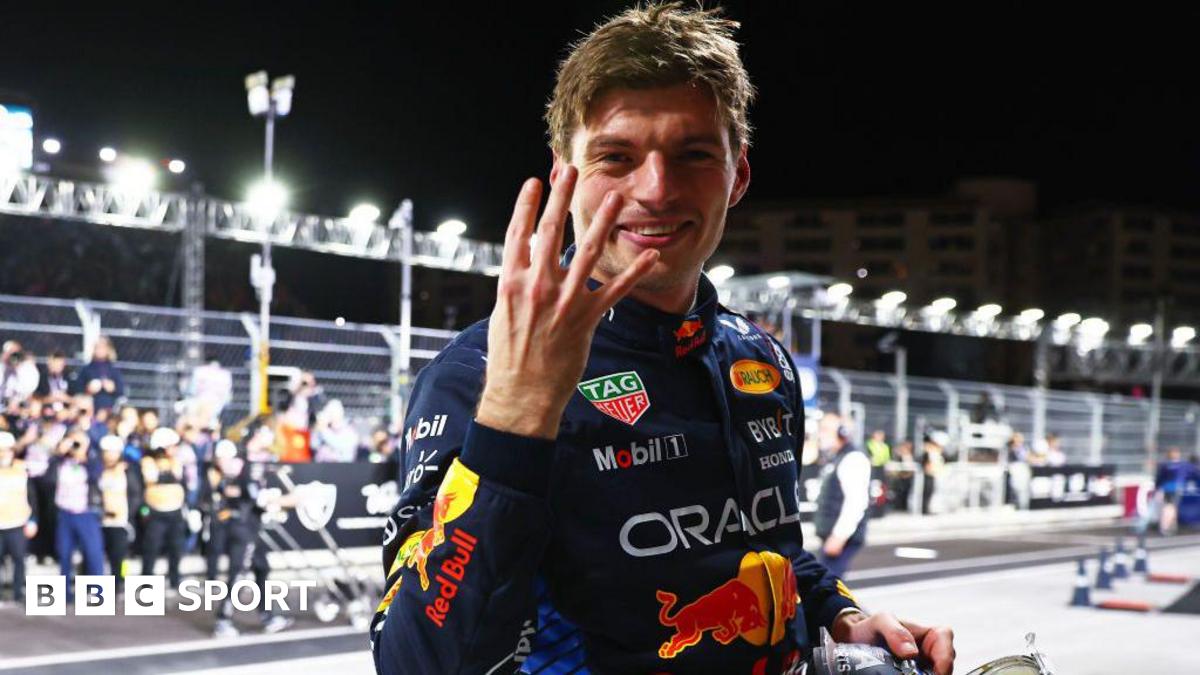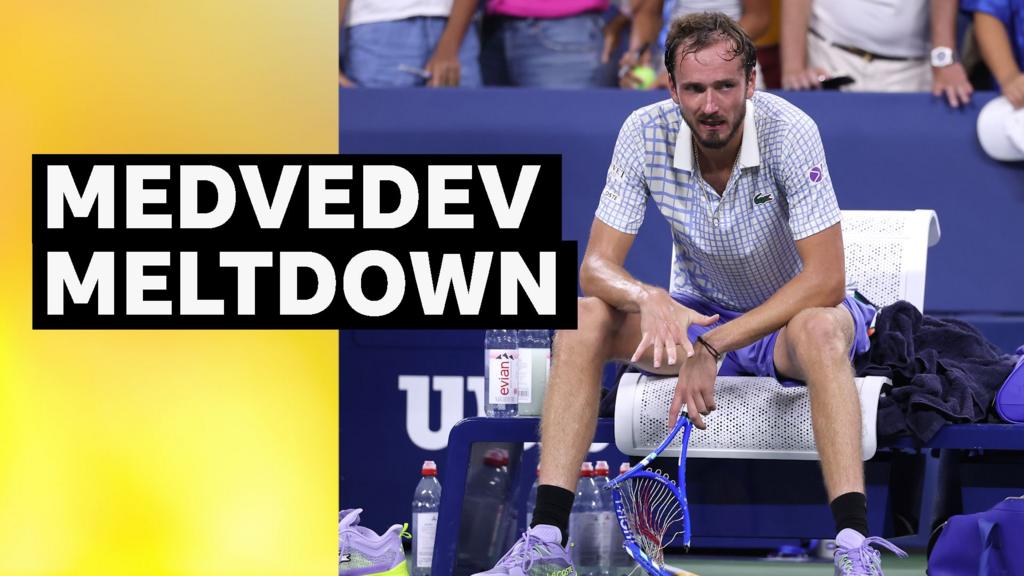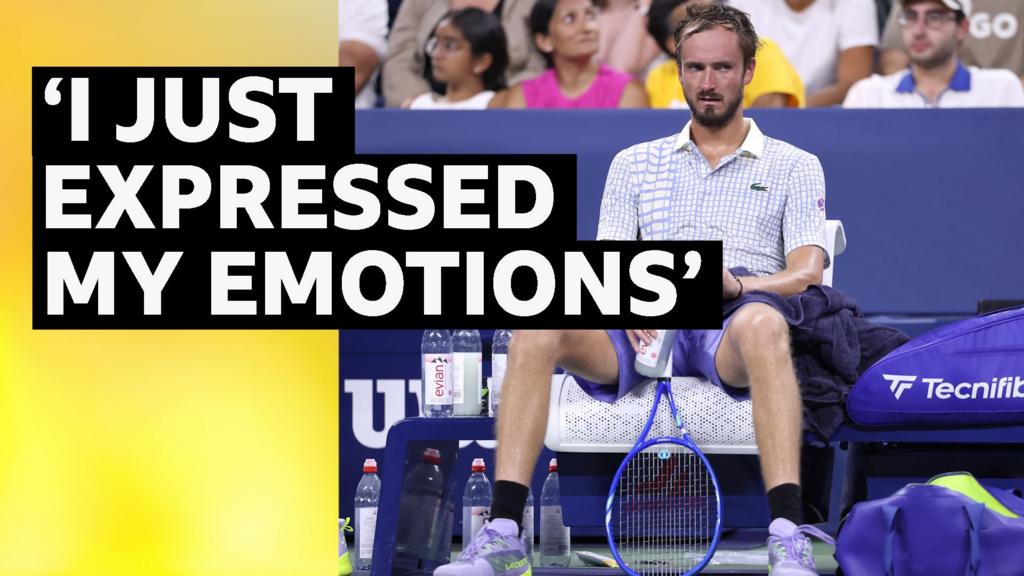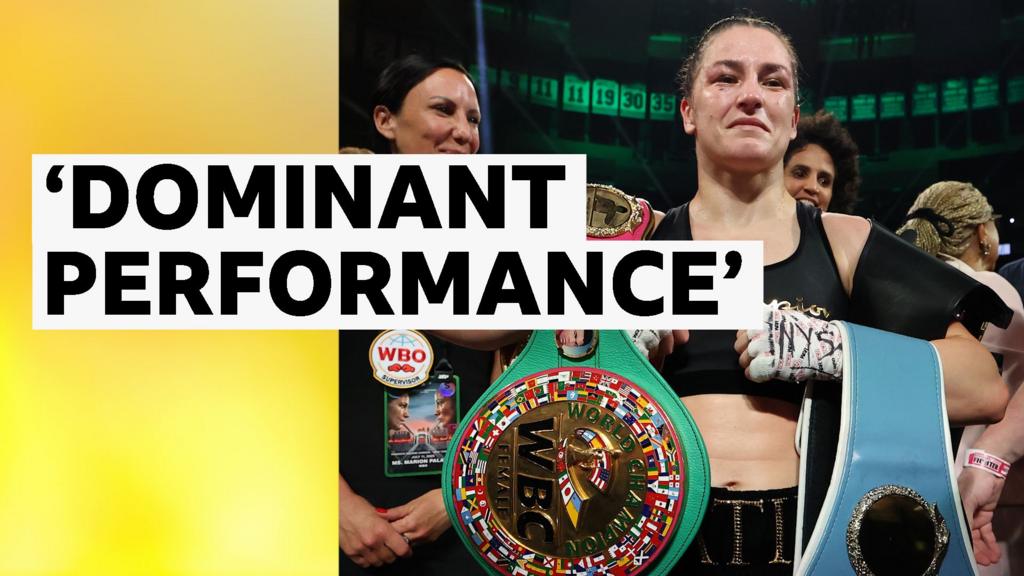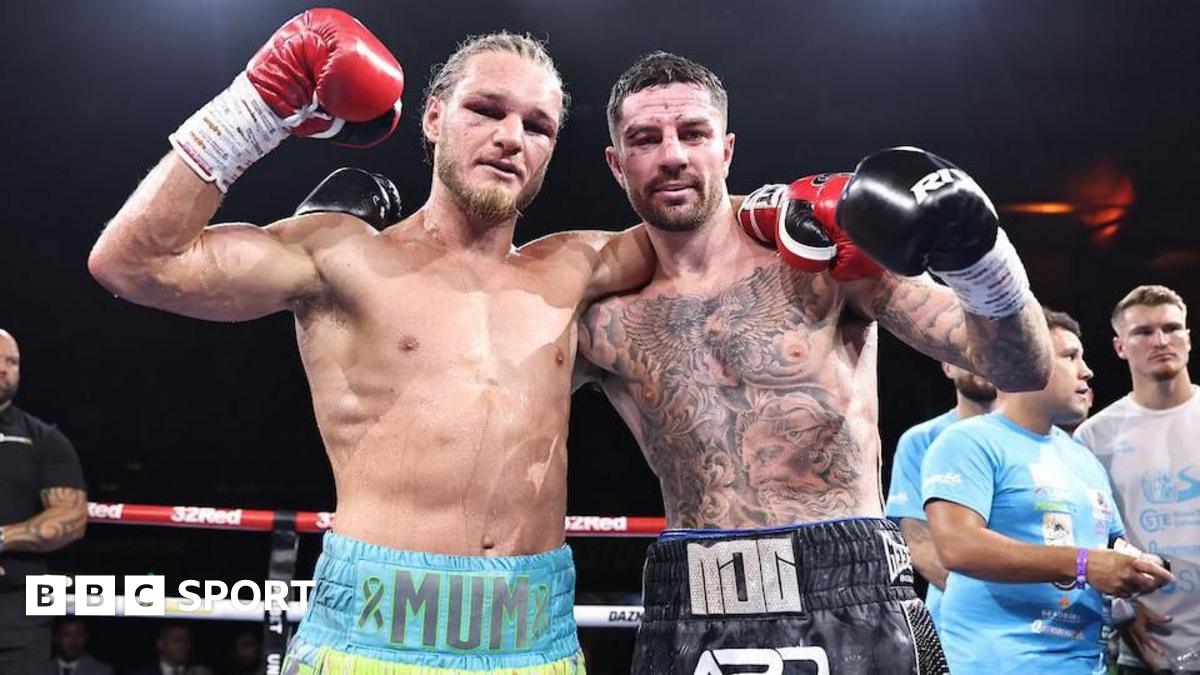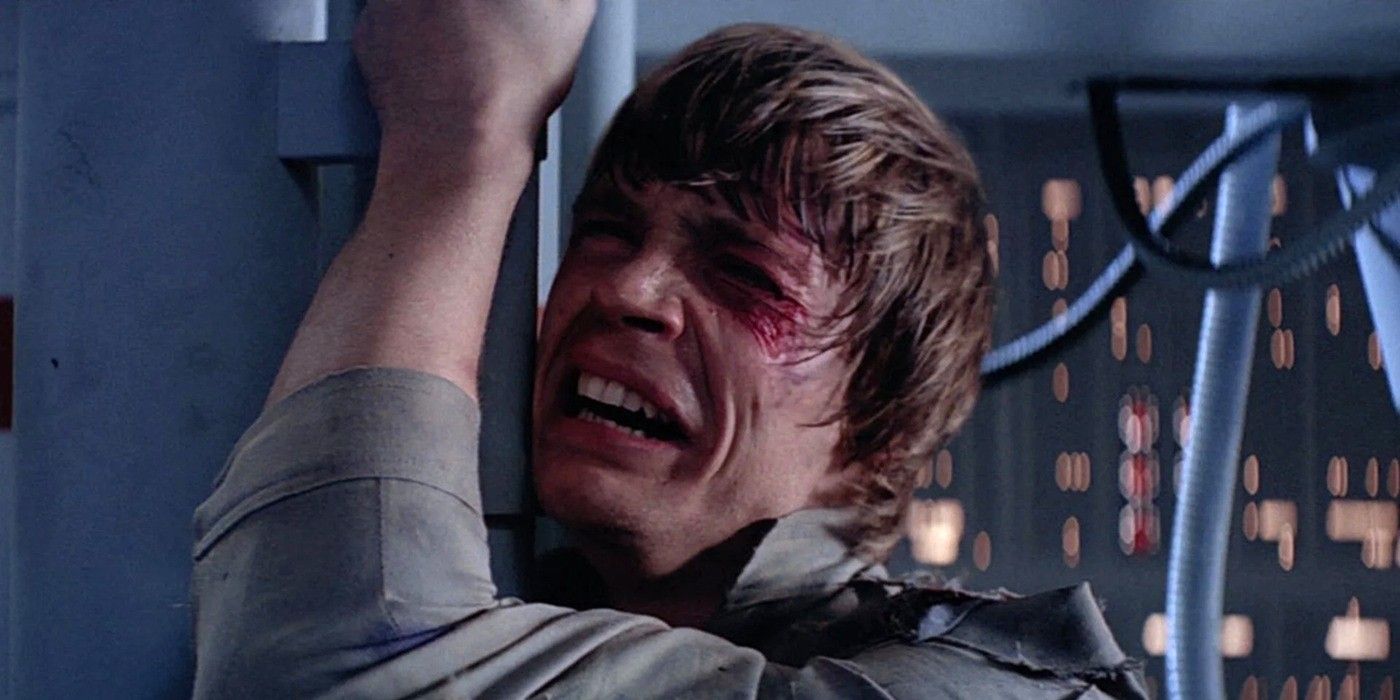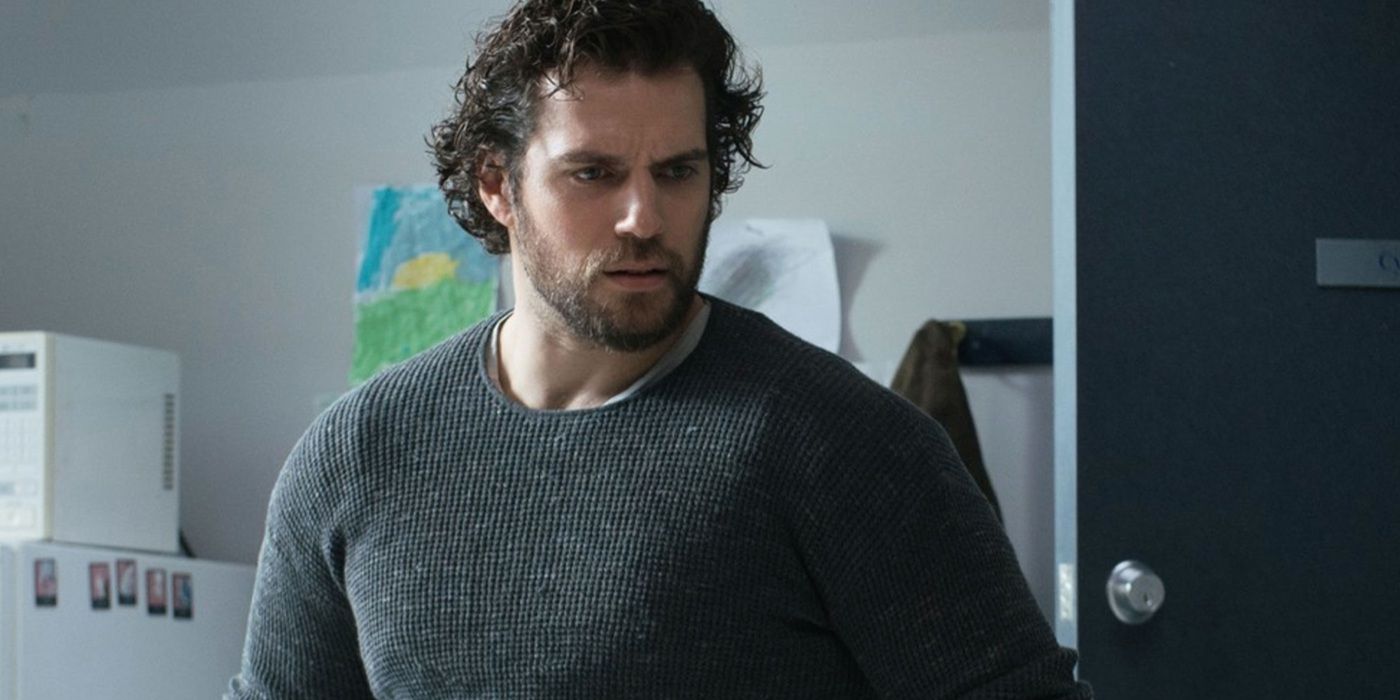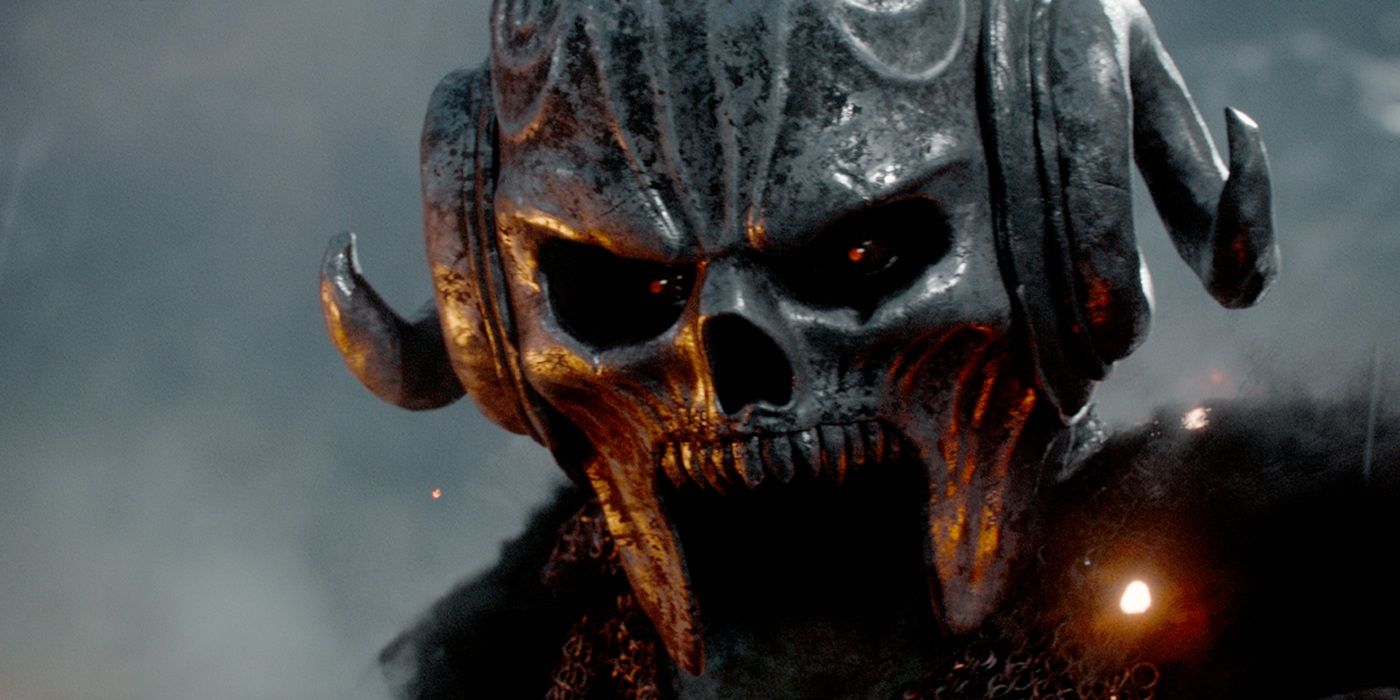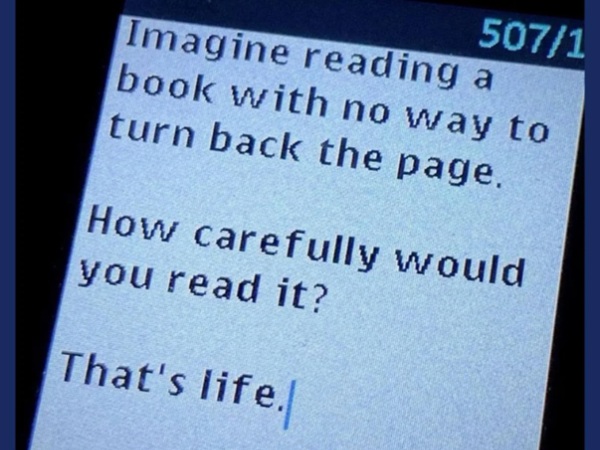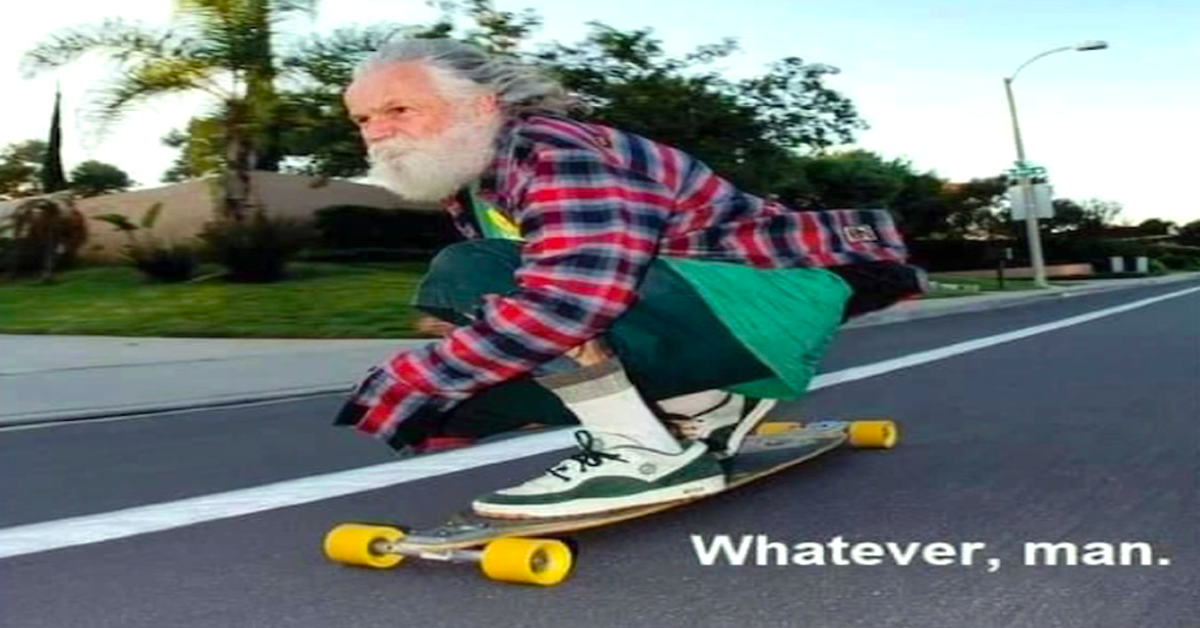I’m a SWAT team commander turned CEO. Here’s how I lead in a crisis

When the world stops making sense and everyone’s looking to you for answers, that’s when real leadership begins. I learned this in the most extreme of circumstances—first, as a SWAT team Tactical Commander where split-second decisions meant life or death, then as CEO of a major public company where market crises could make or break thousands of our customers’ livelihoods.
The skills that kept our team alive in tactical operations are the same ones that helped steer our organization through economic downturns, industry disruptions, and unprecedented challenges. Crisis leadership isn’t about having all the answers; it’s about having the right framework to make decisive moves when the stakes are highest.
The OODA Loop: Your Crisis Leadership Framework
Air Force Colonel John Boyd developed the OODA Loop by studying why American F-86 fighter pilots dominated technically superior MiG fighters in the Korean War. The framework he created became the gold standard for decision-making in competitive, high-stakes environments, and remains standard methodology in tactical operations today. The loop takes you through four key steps:
- Observe: Rapidly gather information about the evolving situation
- Orient: Process observations against your experience and current reality
- Decide: Choose your course of action with incomplete information
- Act: Execute decisively while preparing for the next cycle
Speeding through the cycle becomes your ultimate competitive advantage. The leader who can take these steps faster than the crisis evolves wins the game, or, in some cases, the dogfight.
Observe Without Panic
In SWAT operations, observation meant survival. You had to see everything—suspect behavior, environmental hazards, team positioning—while filtering out distractions under extreme stress. The same discipline applies in business crises.
During business challenges, other industry leaders typically make reactive decisions based on incomplete observations, or worse—fail to make decisions due to analysis paralysis. Instead, I apply Boyd’s observation principles: gather data systematically, look for patterns that others miss, and resist the urge to act before you truly understand what’s happening.
Here’s the landmine: The moment you let emotions cloud your observation, you lose your competitive advantage.
Orient Faster Than Your Competition
Boyd believed orientation was the most critical phase, where you synthesize observations with experience and strategic context. In tactical operations, poor orientation gets people killed. In business, it gets companies killed.
During the COVID pandemic, while I was CEO of RE/MAX, competitors were still trying to understand the paralyzed market. We had to orient to the new reality of Zoom showings, curbside closings, and overall new ways of doing business immediately.
To combat this, I drew on my law enforcement experience of reading situations that didn’t match expectations. We recognized that the market continued even with different protocols, and we had to adjust how we did business. This rapid orientation gave us a significant market advantage, even in the hardest-hit areas.
Companies that survive crises orient to new realities fastest and most accurately.
Decide with Tactical Precision
Boyd understood that having perfect information is a luxury you can’t afford. Whether breaching a door or entering a volatile market, you decide with 70% information and 100% commitment.
When you have multiple options but incomplete data, apply the same process we used in high-risk operations: identify your primary objective, consider second-order effects, choose the option that advances your mission, then commit fully.
The decision-making process builds confidence to take action. Waiting isn’t decision-making, and waiting for nonexistent information is a fool’s game. How would you feel if the SWAT team had no next step while you were the hostage in the building? Same thing in business—gather just enough information to lean toward a decision.
In a crisis, the worst decision is usually no decision.
Act While Others Hesitate
Action without observation and orientation is reckless, but observation without action is worthless. Boyd’s framework only works when you complete the cycle, then immediately start the next one.
During market shifts, our actions required balancing financial and operational oversight against financial challenges and legal restrictions. Crisis operation isn’t just about moving fast; it’s moving with purpose while staying flexible to changing rules that shift daily.
I built what Boyd called “implicit guidance and control” into our systems. Our team knew the mission well enough to act independently when circumstances changed faster than communication could keep up. When offices and franchisees located around the globe called with questions, the decision framework was simple: “What’s right that aligns with the values of the business?”
Elite performers cycle back to observation before competitors finish their first decision.
Getting Inside Your Opponent’s OODA Loop
Boyd’s real insight was “getting inside your opponent’s decision cycle.” By going through the OODA Loop faster than your competition, you make them react to your moves instead of executing their own strategy.
At RE/MAX and other companies I oversee, we institutionalized rapid OODA cycling through what I call the 3-2-1 decision-making process. Instead of asking management questions and waiting for responses, I empower people to come up with 3 ideas to solve a problem, create 2 best options, then make 1 recommendation. This quick process gets action taken immediately.
By the time our competitors made their first major move, we were already three moves ahead.
Building Organizational OODA Capability
You don’t develop OODA Loop mastery during the crisis; you must develop it beforehand, implementing steps like:
- Accelerate Observation Systems: Create information flows that give you earlier intelligence than competition, and host weekly clarity meetings for everyone aligned.
- Sharpen Orientation Through Training: Regularly run exercises like what-if games, so orientation becomes automatic during real disruptions.
- Practice Quick Decision-Making: Create safe environments for consequential decisions under pressure and build the understanding that it’s okay to make decisions.
- Build Rapid Execution Systems: Design processes that implement decisions faster than circumstances change.
Communication Within the Loop
Boyd understood the OODA Loop isn’t just individual, it’s organizational. Your team’s ability to share observations, align on orientation, coordinate decisions, and synchronize action determines collective speed.
Maintain OODA coherence by applying tactical communication principles:
- Observe together
- Orient collectively
- Decide with clarity
- Act in coordination
As you get used to “dancing the OODA” together, you’ll see instinctive decision-making perpetuate team success.
The Ultimate Weapon
Crisis leadership is more than just being fearless; it’s about being intentionally and strategically faster. Colonel Boyd’s OODA Loop that kept fighter pilots alive is the same framework that kept our businesses thriving during market downturns. Whether facing armed suspects or market volatility, the fundamentals remain the same.
In competitive environments, the speed of decision-making becomes your ultimate weapon. Not reckless speed, but the disciplined speed that comes from mastering Boyd’s cycle.
When your next crisis hits, the question isn’t whether you’ll face uncertainty and pressure; the question is whether you’ll cycle through your responses faster than the crisis itself can evolve.
Your competition is counting on you to hesitate. Your team is counting on you to lead.
Time to close the loop.
What's Your Reaction?
 Like
0
Like
0
 Dislike
0
Dislike
0
 Love
0
Love
0
 Funny
0
Funny
0
 Angry
0
Angry
0
 Sad
0
Sad
0
 Wow
0
Wow
0


